Project team
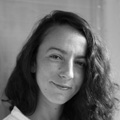 Roxana Pătrulescu
Roxana Pătrulescu
studied architecture at the Faculty of Architecture and Urbanism in Timișoara, where, in 2011, she graduated the postgraduate courses "Rehabilitation of environments and architectural surfaces", being interested in the conservation of the locally built heritage. Between 2014-2016 she has been a volunteer in the De-a Arhitectura project, she was involved in cultural projects aimed at promoting architecture as a source of a better quality of urban life (Octavian Radu Topai Award, Timișoara Cultural Identity), and between 2014 and 2018 she was part of the Territorial Council of the Romanian Order of Architects - Timiș Branch. Roxana is concerned about changing the way in which the interwar and postwar architecture of Timișoara is perceived by the general public and, currently, she coordinates the activity of the Office for the Rehabilitation of Historic Neighborhoods within Timișoara's Municipality.
In 2016, Roxana initiated the Tur de Arhitectură project through the Timiș Branch of the Romanian Order of Architects, and today she is responsible for: activity coordination, research, tour guidance, project conception and implementation.
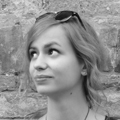 Sandra Andrei
Sandra Andrei
studied architecture at the Faculty of Urbanism and Architecture in Timișoara, as well as at the Department of Architecture of the Faculty of Science and Technology in Coimbra. Since 2016 she has been a volunteer in the De-a Arhitectura project. She has been part, for two editions (2016, 2018), of the Beta team (Timișoara's architecture biennial) and has worked for a short time in Portugal through the Erasmus+ program. Starting with 2019, she works in an architecture office in Timișoara. She is passionate about the history of local architecture and urbanism, especially early modernism and how it manifested itself in Timișoara.
Sandra is part of the Tur de Arhitectură team since 2018 and is responsible for: research, tour guidance, project conception and implementation.
Ambassadors
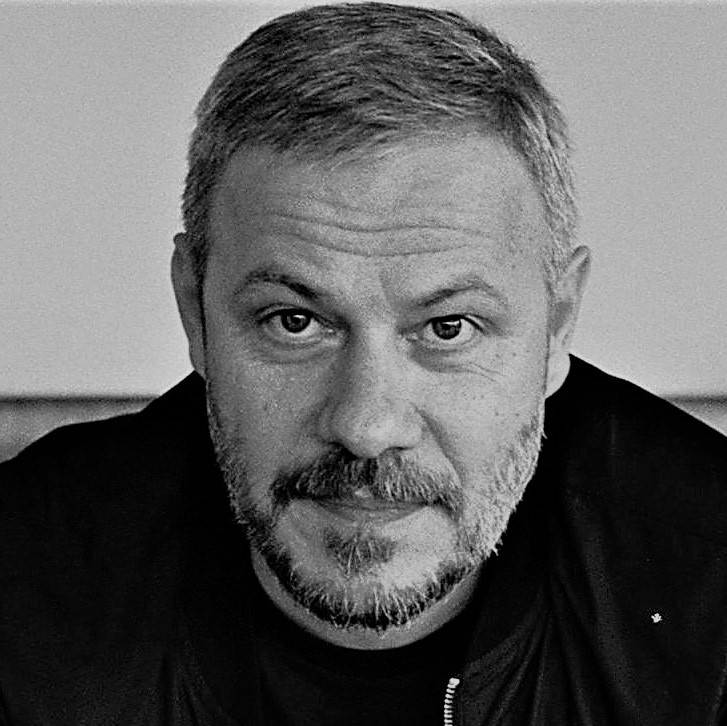 Vlad Ardeleanu
Vlad Ardeleanu
was born in Timisoara and he graduated from the Art and Design University of Cluj-Napoca, the painting section. He is a Doctor of the Faculty of Fine Arts and Design in Timisoara with a thesis on the communist art and a veteran teacher of the Timisoara Faculty of Architecture and Urbanism, where he holds the Graphic Representation and Form Study Workshops, as well as the History of Art, Design Graphic and Visual Arts classes. Vlad is equally passionate about painting, graphic design, avant-gardes of the 20th century and totalitarian aesthetics. And pixel games, because he's nostalgic.
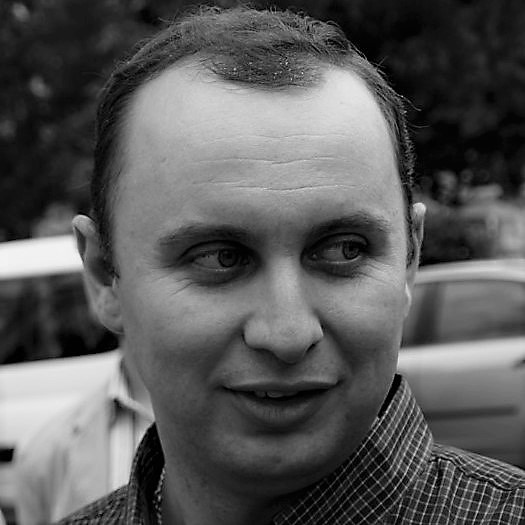 Claudiu Sergiu Călin
Claudiu Sergiu Călin
has a degree in history and German studies from the West University, Timișoara, and since 2018 he has a PHD in history from the “George Baritiu” Institute of History in Cluj Napoca. Since 2004 he has been the archivist of the Roman Catholic Diocese of Timișoara, having responsibilities in the Diocesan Museum as well. In 2016 he is co-organizer of the exhibition: "Timișoara 1716 - The beginnings of a European city", made in collaboration with the National Museum of Banat, and in 2019 of the exhibition: "A European experience. The historical and cultural heritage of the Germans in Romania ”. In 2020 he graduated from a journalism course at the Katholische Akademie München. Author of several articles and studies on the history of the Catholic Church in Banat in interwar and postwar, respectively in the communist era, his interest extends to the history of Banat and the Catholic denomination since the eleventh century, with emphasis on the 18th and 20th century.
 Mihai Danciu
Mihai Danciu
is an architect concerned with urban and community management. He teaches urban planning disciplines at the Faculty of Architecture and Urban Planning in Timișoara and is involved in projects in Timișoara, Valea Jiului (România) and Chișinau (Moldova). In his practice, sustainable development is based on a combination of bottom-up and top-down approaches.
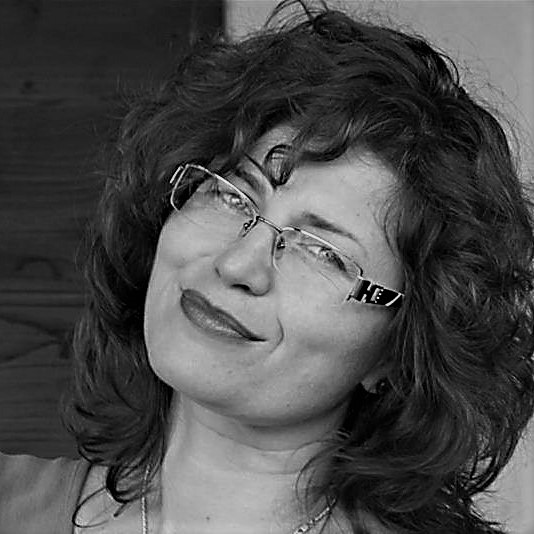 Mirela Iacob
Mirela Iacob
is made in TM. She grew up in the affective and geographical space of Banat and the spirit of her city is a part of her identity. Timișoara is the place where she thinks, studies, loves, laughs, sings, writes, teaches. She studied Letters (English/German), then Jazz and Cultural management and she molded herself in(to) a clay made up of letters, words and sounds, for every vessel that absorbed her time and passion: literary advisor at The National Theatre, TV/radio copywriter, translator and interpreter, trainer of foreign languages, lyricist, blues/jazz vocalist. She has a loyal relationship with Timișoara. This is home and she always comes back here, no matter how long she wanders around the world.
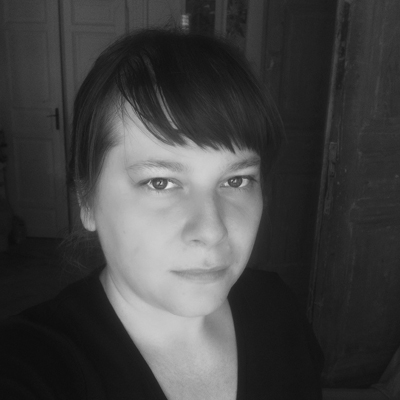 Ana Kun
Ana Kun
works with text and image, more and more often on socio-political themes, with a subjective, sometimes concise filter. She is a visual artist, lives in Timisoara and is one third of Balamuc.
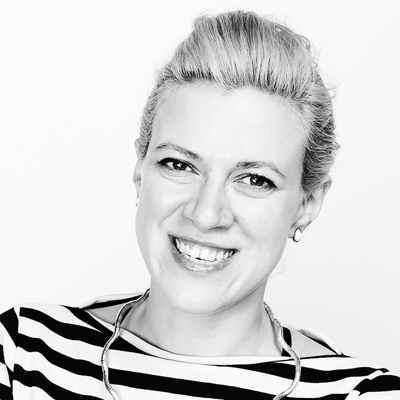 Anca-Raluca Majaru
Anca-Raluca Majaru
has a BA in Architecture at UAUIM Bucharest, where she obtained the postgraduate title of Doctor in Architecture. She has researched the modern era nobility in Central and Eastern Europe and has benefited from an RCI scholarship and mobility studies in Budapest and Belgrade. She continued her academic activity at UAUIM Bucharest, coordinating architectural history and theory seminars for six years. She has carried out research activities and kept track of historical monuments in the NCI and was adviser to the Secretary of State for Cultural Heritage at the Ministry of Culture. In 2012, she founded ARCHÉ Association with the purpose of increasing interest in culture and cultural heritage. Member of the Europe Nostra Organization, is currently carrying out educational, social and cultural activities at national level.
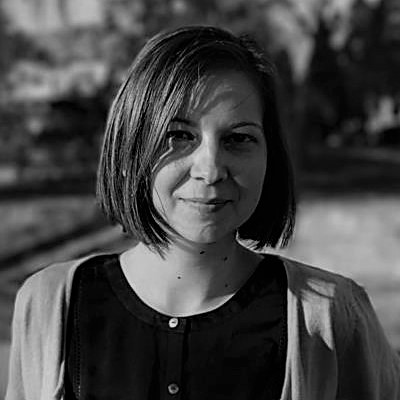 Diana Marincu
Diana Marincu
is a curator and art critic, currently the Artistic Director of Art Encounters Foundation in Timișoara. She defended her doctoral thesis at The National University of Arts in Bucharest, conducting a research on the curatorial discourses about identity and periphery visible in large scale exhibitions from 1989 onwards. Her recent exhibitions include: Persona, MUCEM, Marseille (2019); Manufacturing Nature / Naturalizing the Synthetic, Frac des Pays de la Loire (2018); Sounds Make Worlds, solo show of Marianne Mispelaere, Art Encounters Foundation, Timișoara; Double Heads Matches (with Zsuzsanna Szegedy-Maszák), New Budapest Gallery (2018); Life A User’s Manual (with Ami Barak), Art Encounters Biennial Timișoara & Arad (2017).
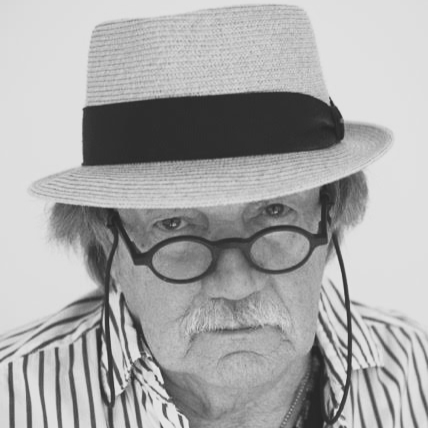 Helmut Ernst Stürmer
Helmut Ernst Stürmer
este un scenograf român de teatru și film, o personalitate marcantă a scenografiei internaționale. S-a născut în anul 1942, în Timișoara. În 1967, absolvă Institutul de Arte Plastice din București, la clasa profesorului Paul Bortnovski. Între anii 1968 și 1977 este scenograf la Teatrul de Stat din Sibiu și la Bulandra din București. Tot în această perioadă, pe lângă nenumărate spectacole pentru teatrele din Arad, Cluj, Brașov, București, Iași, Pitești, Ploiești, Sibiu, Timișoara, face scenografia și pentru cinci filme artistice, în regia lui Dan Pița și Mircea Veroiu, Radu Gabrea și Alexandru Tatos. În 1977, Helmut Stürmer se stabilește în Republica Federală Germană, iar în următorii 30 de ani a lucrat, printre altele, la Théatre de la Ville din Paris, Deutsches Schauspielhaus din Hamburg, Theatre de l'Union din Limoges, Opera din Karlsruhe, Teatrele Naționale din Craiova și Cluj, Opera din Bonn, Royal Shakespeare Company, colaborând adesea cu Silviu Purcărete.
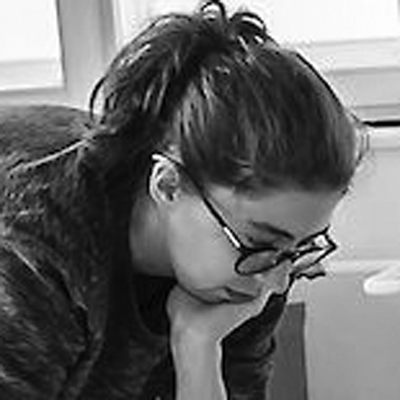 Sorina Vazelina
Sorina Vazelina
is an ophthalmic ointment with graphic properties of pain relief generated by visual communication. Through its action in the depth of interface pores, Vazelina balances the pH of aberration with the calming effect of grid clarity, combined with the refreshing effect of the comic active compound.
 Oana Preda
Oana Preda
graduated from the Faculty of Architecture and Urbanism in Timișoara in 2010, and during the period 2016-2021 she was an assistant in the Architecture Tour project, dealing with research, design and implementation of routes and project photography.
Guides
 Maja Bâldea
Maja Bâldea
is an architect and specialist in the field of historical urbanism. She graduated from the Faculty of Architecture and Urban Planning Timisoara with a project on the rehabilitation of the Herezia Bastion in Timişoara, followed by the Master on Restructuring of Historic Buildings. She has been active in the field of heritage property protection, both as a consultant architect in the projects carried out by PMT in partnership with the German government (GTZ and KFW), as well as a practitioner. She has been involved in various community workshops and actions aimed at protecting the built local heritage, and currently, among other things, teaches at the FAUT.
 Cristian Blidariu
Cristian Blidariu
is the Dean of the Faculty of Architecture and Urbanism in Timișoara, where he teaches the Theory of Architecture course and coordinates the design workshop of the first year. Between 2010 and 2016 he was a collaborator and editor of the magazine Arhitectura 1906, for which he coordinated several special issues. He also collaborated with Igloo magazine. Several of his texts were mentioned in the architectural essay contest section of the BETA Euroregional Biennale. In 2017 he was one of FAUT's curators at the Vienna Design Week festival. In the last three years he coordinated the Triplex Confinium project, the first Erasmus+ strategic partnership between architecture schools in the DKMT Euroregion. As a practitioner, he participated, among others, in the rehabilitation project of the Theresia bastion, a topic later treated in the doctoral thesis Art in the postmodern city, urban regeneration and virtual space supported within the doctoral school of the Faculty of Arts and Design in Timișoara.
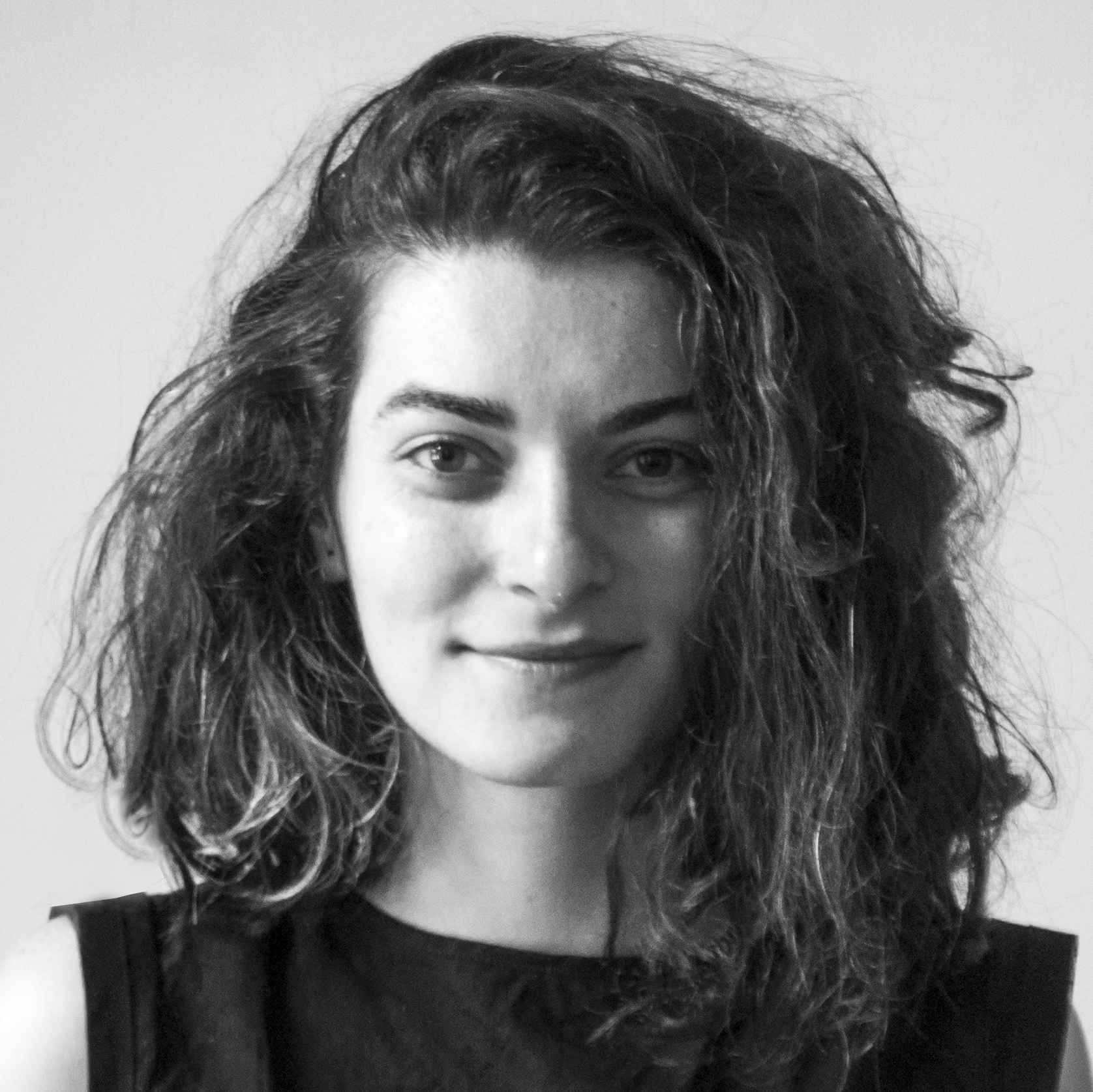 Loredana Gaiță
Loredana Gaiță
is an architect and cultural manager. She studied architecture in Timisoara and Brussels and a PhD student at UAUIM, Bucharest, researching the impact of cultural projects on urban development. She has 14 years of experience in the field of cultural NGOs, and since 2014 she is the president of In the Community NGO. She coordinated a large number of projects that test strategic and tactical intervention for improving public spaces, such as: the Cultural Program of Timisoara European Capital of Culture, 2015-16, Fabricăm, 2015, Ziua Minelor Deschise, 2018, Exploatarea culturală Petrila, 2018, Resilience Lab și The Healing Grid, 2018-19, Casa care-mi place, 2014-16, Piața Plantelor Libere, 2017-19.
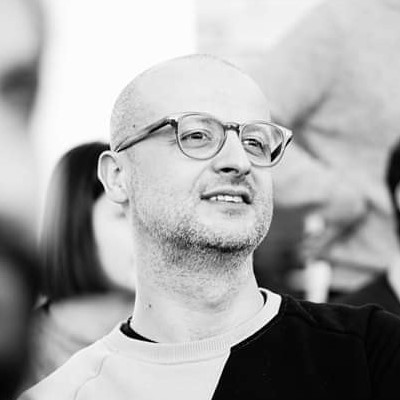 Rudolf Gräf
Rudolf Gräf
is an architect with a degree from Graz University of Technology (TU Graz), co-founder of the Vitamin Architects office in Timișoara and has worked in international cooperation projects between Germany and Romania as well as Germany and Ukraine, focusing on integrated, climate proof urban planning and heritage revitalization projects.
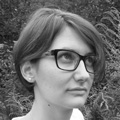 Gabriela Pașcu
Gabriela Pașcu
is an architect and member of various professional associations OAR, RUR, PACT, CILAC (France), TICCIH and an assistant professor at the Faculty of Architecture and Urban Planning Timisoara. Her doctoral research, titled Le Patrimoine Industriel - Minier Facteur de Développement Territorial. Complexité en enjeux en Roumanie, compared to France and Grande Bretagne », was made in Romania-France co-tutelle. Currently she coordinates or activates in projects like: Inland Landscapes: About Mine and Men at Brad; Anina Idea Mine; The House with Har Topârcea, projects focused in particular on valorization and promotion of the industrial and vernacular heritage.
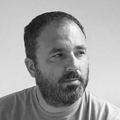 Victor Popovici
Victor Popovici
was born and raised in the Elisabetin neighbourhood. During his studies in the Faculty of Architecture and Urban Planning Timisoara he developed a passion for history, culture and local heritage. He is vice-president of the Timiş Branch of the Romanian Order of Architects and he is involved in projects that focuse on preserving Timisoara’s cultural identity.
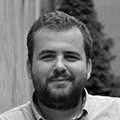 Sergiu Ioan Sabău
Sergiu Ioan Sabău
studied architecture at the Politehnica University of Timișoara. He regards as important to devote some of his time to community oriented initiatives. During his student and post graduate years he participated in workshops, studies and projects involving a participatory process of dialogue, and, in 2014, he was part of the team that organised the 2014 Timisoara Architecture Annual. He is curious about the theme of memory and the city. He supported his license on communism's memorialization.
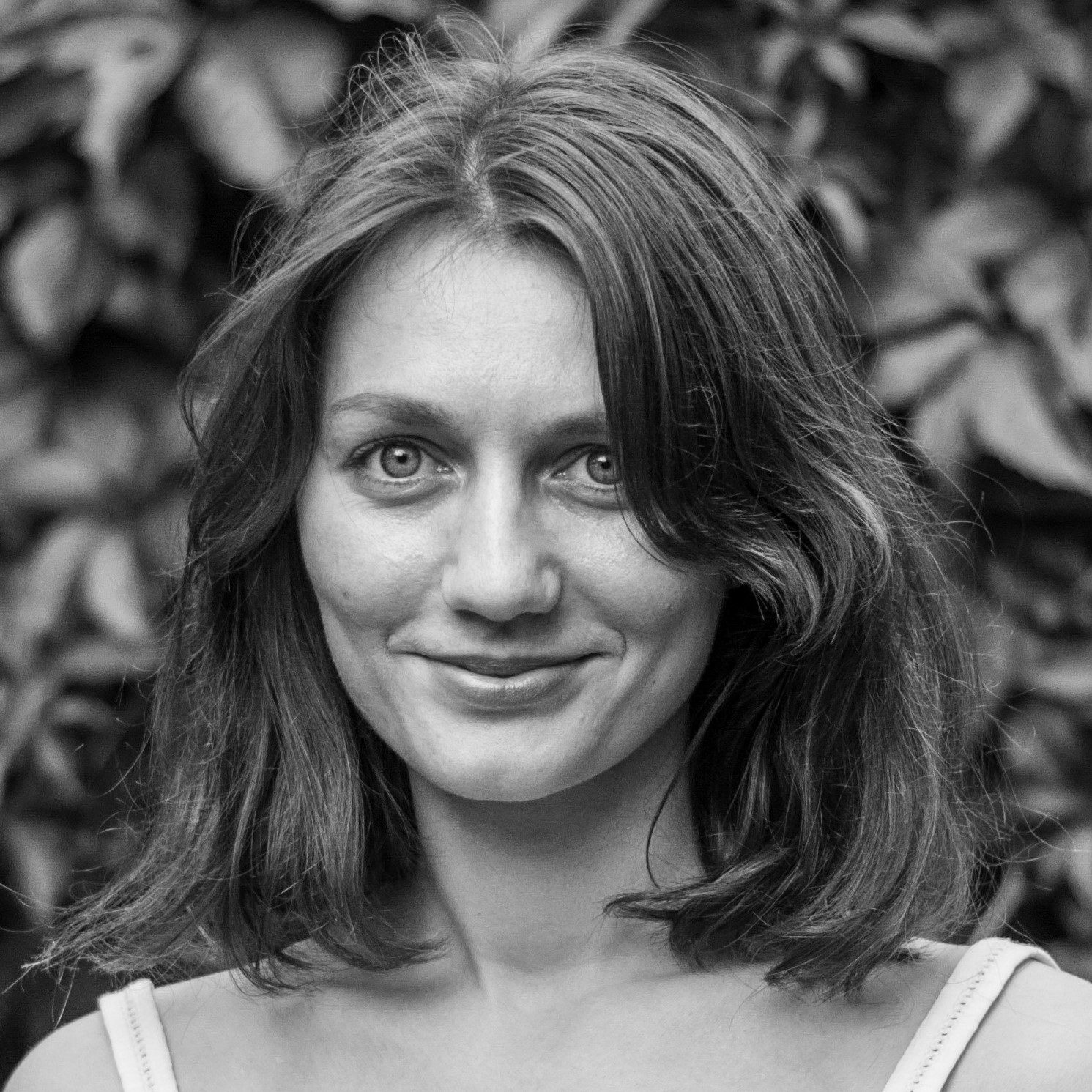 Nicoleta Postolache
Nicoleta Postolache
studied architecture at the Faculty of Architecture and Urbanism in Timișoara and at the Faculty of Science and Technology in Coimbra. Since she was a student, she has volunteered in various projects dedicated to public space and built heritage. In 2020 she was part of the Beta team (Timișoara's architecture biennial), where she coordinated the Privește Orașul project until 2021. She currently works as an architect and continues to be involved in projects that promote avocation for the city and the built environment. In 2022 she was part of the project's organising team, as a project assistant.
Thanks to former teammates
Nicoleta Postolache, Oana Preda, Dan Alexandru Bunea, Paula Iftimescu, Silvia-Casandra Tripșa, Anca Laura Herman
Thanks to collaborators
Ana Maria Zahariade, Eugen Pănescu, Hans Rothgerber, Peter-Dietmar Leber, Banater Post, Márton Tövissi, Maja Bâldea, Ruxandra Simionescu, Oana Simionescu, Alexandra Rigler, Simina Cuc, Gabriel Raul Kohn, Ovidiu Micșa, Andreea Oance, Bloju Cosmin, Lucian Muntean, Farcaș Cornel, Adriana Buzilă, Adriana Babeți, Andreea Mircea Duminică, Mihai Opriș, Iulia Cosma, Radu Cosma, Ovidiu Hrin, Silvia Hrin, Marius-Eugen Gerdan, Costin Bleotu, Andrei Drăcea, Alexandra Trofin, Pataki Farkas, Rișcuța Răzvan, Alexandru Iliescu, Ștefan Lucuț, Smaranda Vultur, Viorel Proteasa, Ovidiu Zimcea, Mona Isabela Petzek
Thanks to volunteers
Dona Crisan, Alexandra Sabo, Elena Handrea, Anca Giuchi, Ioana Denisa Gug, Alexandra Palconi, Ornella Münich, Diana Lucaciu, Alexandru Todirică, Toma Anca, Anca Matei, Maria Sgârcea, Andrea Wolfer, Dana Ardelean, Brîndușa Havași, Alexandra Spiridon, Adelina Cioată, Cociorvă Ramona, Cristian Sitov, Ana Ionescu